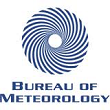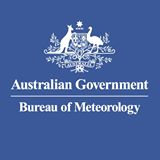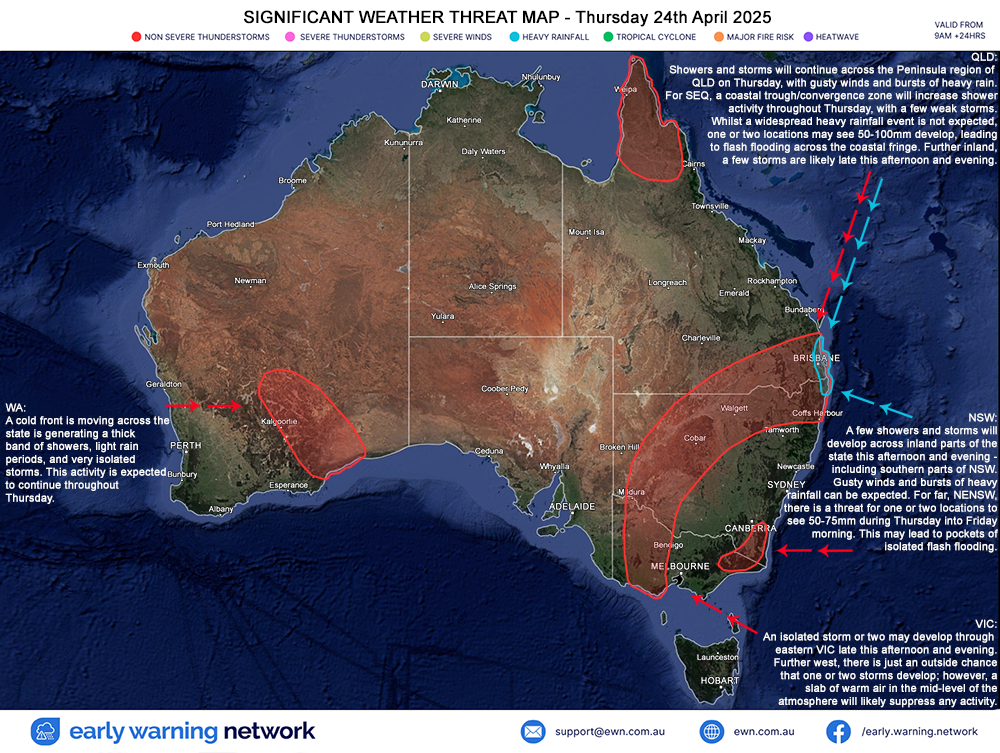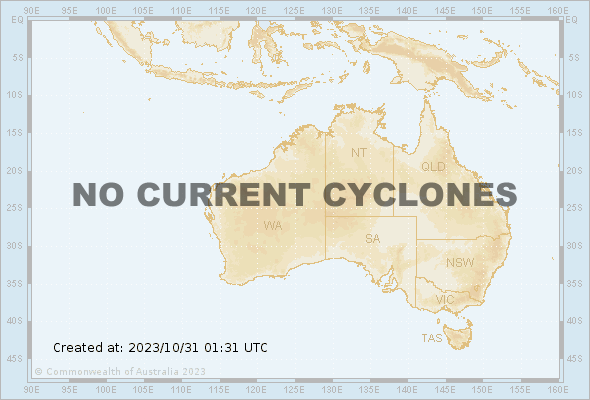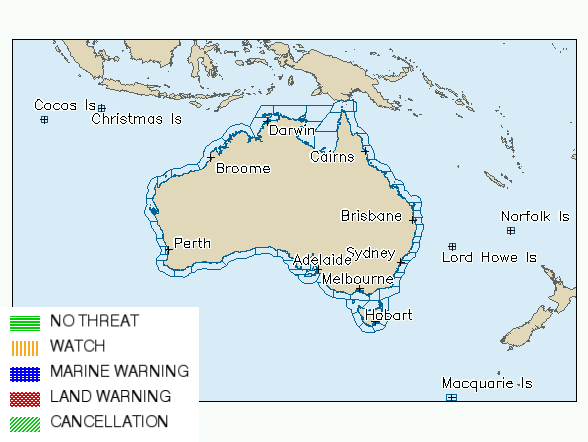|
Melbourne Pollen Forecast |
For the latest imformation and pollen forecast, please click on the link below.
Melbourne Pollen Forecast
About Pollen Forecast |
Plants are immobile and so cannot go searching for suitable mates the way animals do. To ensure their gametes reach a receptive mate, plants have developed many ways of distributing their pollen. Some species use the wind to carry pollen between plants. These plants have very simple, dry flowers that do not secrete the nectar that attracts birds and insects. Wind-borne pollen can drift considerable distances. Pine pollen, for instance, can be carried hundreds of kilometres. But, then pine pollen has wings that serve as floats! Pollen of wind-dispersed species such as rye grass, the major source of allergic pollen in Melbourne's air, is relatively small in size, has a smooth outer surface, and is quite dry and powdery. Plants that use insects and birds to carry pollen between individuals produce pollen that is larger and has extensive surface ornamentation or a sticky surface so that the pollen grains get snagged by hairs and feathers. These pollen grains are also heavier than wind-borne pollen and have less chance of drifting any distance on the wind.
The School of Botany at the University of Melbourne and the Asthma Foundation Victoria offer a service that forecasts the level of pollen in the air. The forecast alerts those who suffer from hay fever and seasonal asthma of the likelihood of being exposed to high levels of grass pollen, enabling sufferers to take preventative measures in danger periods.
About the serviceThe service provides a daily pollen count and forecast of grass pollen levels in the air around Melbourne for the next 6 days. The count and forecast are updated daily at about 4pm and are offered free-of-charge during Melbourne's peak allergy period from October 1 to December 31 each year. Counting begins in October when grasses start flowering when levels of grass pollen in the air start to rise. By January and February, the levels of grass pollen in the air begin to fall as the flowering season ends and the grasses start dying off. During the grass pollen season the count is done daily and the information distributed through various media outlets. How it works
The School of Botany has the facilities to measure pollen levels in Melbourne. Daily measurements are taken and combined with the weather forecast to produce a grass pollen forecast. For the collection of pollen, air is sampled with a Burkard Volumetric Air Sampler located at the University of Melbourne. This collects the pollen grains (and of course other particles from the air) on a microscope slide coated with a special glue that remains sticky on hot days and when it's raining. The slide is removed from the sampler daily and stained so that the pollen grains can be counted when viewed with a microscope. Why count pollen?
Counting the levels of pollen in Melbourne’s air means we can tell people who suffer from debilitating allergy conditions, such as asthma and hay fever, of days that are forecast to have high pollen levels. This information allows them to take preventative measures such as staying indoors or having their medication close at hand.
Because grass pollen is the major allergic pollen type in Melbourne, our counts and forecasts are for grass pollen.
The count and forecast are supplied to users of the service at the same time each day. The count is given as a qualitative assessment, on a scale from low to extremely high, and as actual values of the number of grass pollen grains per cubic meter of air/total number of all pollen types. For example, 30/105 means there were 30 grass pollen grains and 105 pollen grains of all types per cubic meter of air in the preceding 24-hr period.
What factors affect the daily pollen count?Most grasses flower in late Spring and early Summer. During the flowering season, weather conditions such as wind and humidity will also affect how much grass pollen is in the air. Melbourne's worst grass pollen days are in November, when hot northerly winds bring pollen into the city from pastures in the surrounding countryside. Southerly winds, by contrast, are cooler and more humid and bring mainly pollen-free air into Melbourne from the ocean.
Pollen Index |
Most sufferers of pollen allergies will experience symptoms on extreme pollen level days. Symptoms may be severe in some sufferers. These days typically occur as a result of high temperatures and/or dry, hot winds, so the best precaution is to stay indoors. VERY HIGH:
Most sufferers of pollen allergies will experience symptoms on very high pollen level days. These days are typically warm and dry so the best precaution is to stay indoors away from sources of pollen. HIGH:
Some sufferers of pollen allergies will experience symptoms on high pollen level days, but these are unlikely to be severe. Temperatures are likely to be warm on these days, but there may be a limiting factor such as rain or sea breezes. MODERATE:
A few sufferers of pollen allergies may experience symptoms on moderate pollen level days. These are typically cooler days or days on which rain is expected to "flush" the pollen out of the air. LOW:
Very few sufferers of pollen allergies would be expected to experience symptoms on low pollen level days. These are typically either cold or wet days when there is likely to be little pollen released into the atmosphere.

